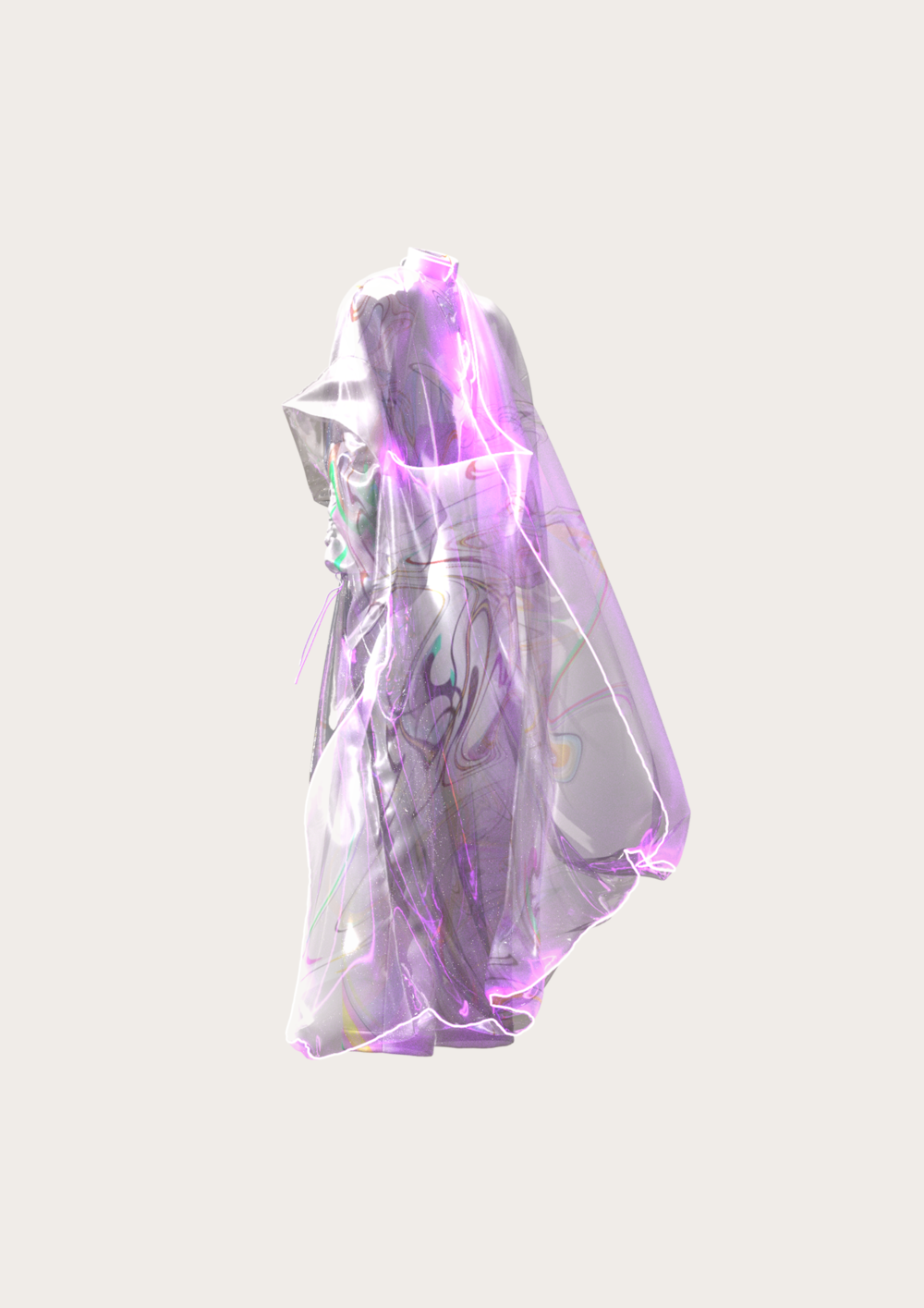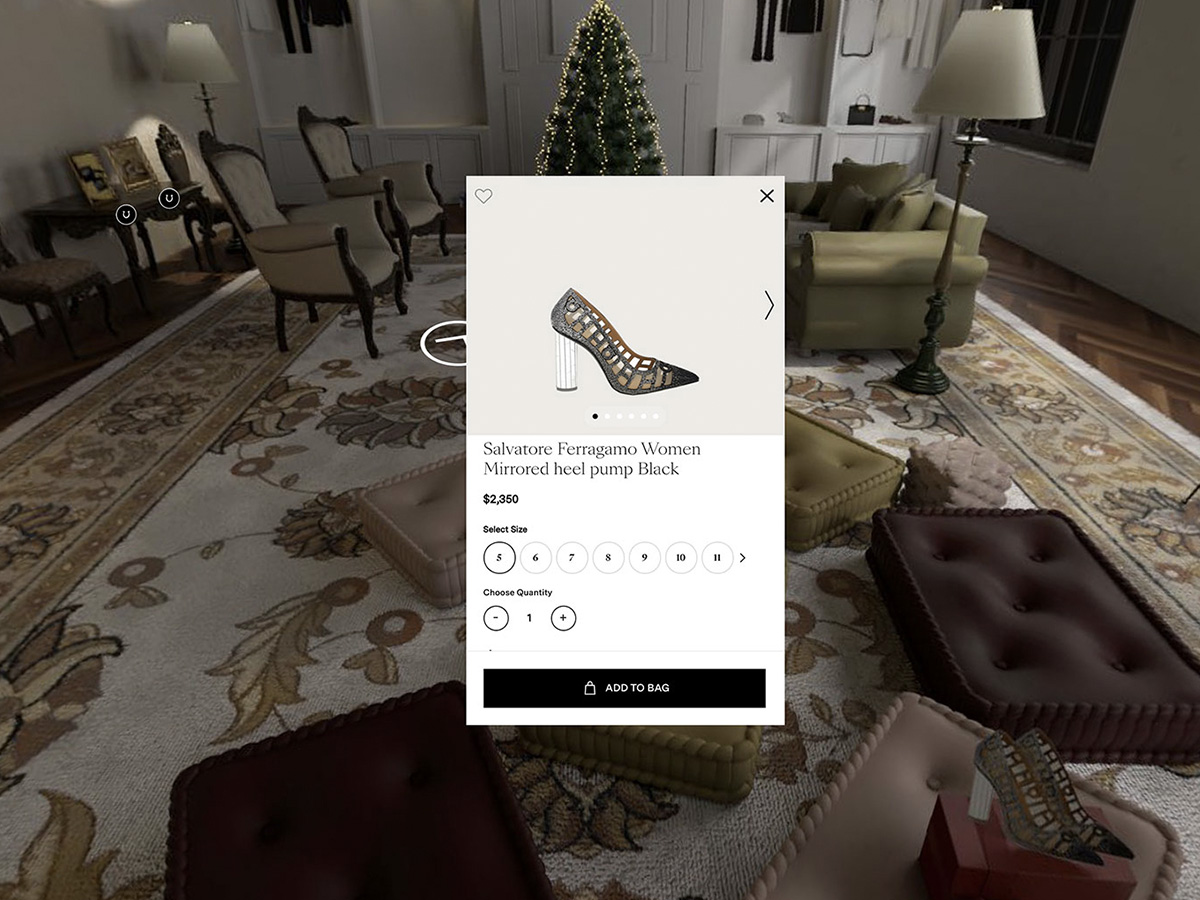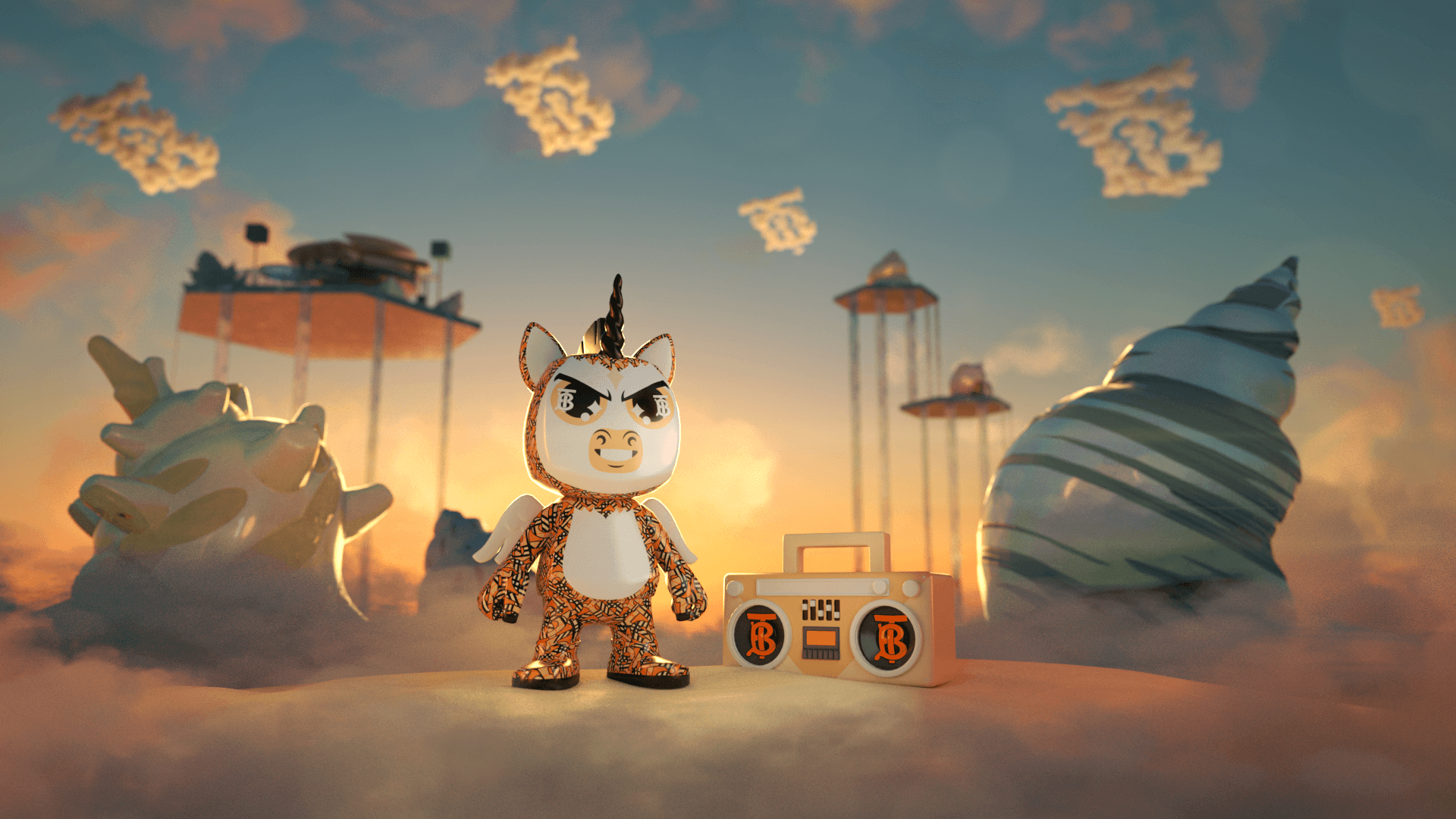A new player has emerged in the world of fashion, promising permanence and exclusivity in the digital realm: Non-Fungible Tokens (NFTs).
These blockchain-backed digital assets have revolutionised how we perceive and consume fashion, blending the virtual with the tangible in unprecedented ways.
The Rise of NFTs in Fashion
NFTs, known as Non-Fungible Tokens, have garnered attention by assigning digital items distinct identities on the blockchain. This innovation imparts characteristics like scarcity, provenance, and individual ownership, which were traditionally associated only with physical goods. The sale of the ‘Iridescence’ dress by The Fabricant in 2019, fetching $9,500, marked a significant milestone, prompting luxury brands to delve into this emerging frontier.

Since then, the likes of top luxury fashion brands have pioneered the integration of NFTs into their collections. There’s Gucci’s Aria film, auctioned for $25,000 in 2021, and Louis Vuitton’s venture into the blockchain space with the LV Diamonds collection underscore the industry’s embrace of digital innovation. This trend is not merely about digital art; it extends to augmented reality clothing, metaverse fashion, and the creation of digital twins—bridging the gap between virtual and physical realms.
Augmented Reality and Metaverse Fashion
Augmented reality (AR) has enabled consumers to interact with digital fashion in real-world settings, enhancing the allure of NFTs beyond static images. Brands like Nike and RTFKT have capitalised on this by releasing collections like the Nike Dunk Genesis Cryptokicks, where owners can visualise and ‘wear’ their sneakers through AR filters.
Moreover, the metaverse has emerged as a playground for digital fashionistas. In the inaugural Metaverse Fashion Week hosted in Decentraland, brands including Dolce & Gabbana and Tommy Hilfiger showcased virtual wearables, allowing users to dress their avatars in iconic designs. This intersection of technology and fashion not only expands brand presence but also transforms how consumers experience and interact with luxury goods.
Virtual Stores and Digital Twins
Virtual stores in blockchain-backed worlds such as The Sandbox have evolved into dynamic digital showrooms tailored for fashion brands aiming to captivate younger audiences. Take Gucci’s Gucci Vault, for instance, which redefines the retail experience within the metaverse by seamlessly blending physical and virtual realms. Meanwhile, Charlotte Tilbury has innovated by enabling customers to invite friends on virtual shopping trips using Zoom-like video screens. At the same time, Ferragamo’s “House of Gifts” transports visitors to the scenic rooms of an Italian villa featured in their holiday campaign video. Each room offers three-dimensional, photorealistic products that are interactive and shoppable, accompanied by immersive elements like videos and music, enhancing the virtual shopping experience to unprecedented levels of engagement and sophistication.

Meanwhile, the concept of digital twins, linking NFTs with physical products, has gained momentum in the fashion world. Dolce & Gabbana’s Collezione Genesi exemplifies this trend by seamlessly integrating luxury NFTs with tangible goods, appealing to collectors and enthusiasts while bridging the divide between the digital and physical realms. Louis Vuitton has also embraced the NFT space with its 2023 Mystery Box initiative, where the fashion house transformed its iconic trunks into NFTs. These physical-backed digital assets, part of Louis Vuitton’s VIA series priced at approximately $41,600 each, feature exclusive limited-edition treasure trunks. Accessible only to a select group of buyers, these mystery boxes reveal unique physical and digital creations through digital keys released at intervals, adding an element of surprise and enhancing the allure of Louis Vuitton’s digital offerings.
Exclusive Content and Video Game Collectibles
Fashion brands are expanding beyond wearable NFTs to offer exclusive content and collaborative experiences. Gucci’s ‘Gucci Grail’ NFTs, featuring avatars inspired by their iconic collections, cater to digital collectors and fashion enthusiasts alike, enriching the brand’s digital footprint. Versace has also ventured into the NFT space with the Virtus Versace collection, showcasing intricate 3D designs and animations that blend traditional craftsmanship with cutting-edge technology. This digital line allows fashion enthusiasts to own a virtual piece of Versace’s storied heritage. Meanwhile, Yves Saint Laurent (YSL) has introduced “Black Opium: The Night Is Ours,” a dual-part NFT campaign. The NFT YSL Beauty Night Blocks not only grants access to exclusive content such as gift vouchers and 90ml perfumes but also offers community members early access to the second chapter of the immersive Black Opium: The Night Is Ours NFT experience.
Adidas has ventured into integrating NFT collectibles into popular video game environments, leveraging the appeal of exclusive digital goods. Moreover, Louis Vuitton marked its 200th anniversary by launching a mobile game titled ‘Louis, The Game’, where players embark on a quest that pays homage to the brand’s founder. Central to the game’s appeal is its artistic presentation, incorporating advanced blockchain technology and featuring a curated Meanwhile, Burberry has embraced the intersection of fashion and gaming through its collaboration with Blankos Block Party, introducing NFT toys and accessories adorned with the brand’s distinctive motifs.

Looking Ahead
As the NFT market expands, luxury fashion’s embrace of blockchain technology is set to redefine consumer engagement and brand storytelling. With projections suggesting the luxury NFT market could reach $25 billion, according to Morgan Stanley, the potential for growth and innovation in this space is vast.
Fashion brands are increasingly utilising NFTs to pioneer augmented reality experiences, participate in metaverse fashion shows, and develop innovative digital-physical hybrids. These efforts highlight NFTs as a driving force for creativity and connectivity in the fashion industry. As brands continue to merge art, technology, and commerce in novel ways, one thing is certain: the future of fashion is digital, decentralised, and definitively non-fungible.